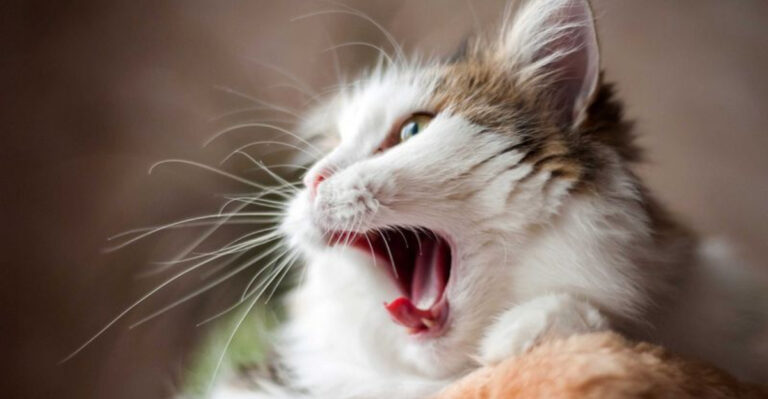8 Behaviors To Reward Cats (And 4 To Ignore Completely)

Ever wondered why your feline friend knocks everything off your countertops or wakes you up at 3 AM? Cats communicate through behavior, and understanding which actions to reward versus which to ignore can transform your relationship.
Positive reinforcement works wonders with our mysterious companions, while accidentally rewarding the wrong behaviors can create lasting headaches for cat parents.
1. Using The Litter Box Consistently

Proper bathroom habits deserve enthusiastic praise! When your kitty reliably uses their litter box, reward them with a gentle pet or small treat immediately after.
This reinforces the connection between the action and the reward. Most cats naturally prefer using litter, but your positive response strengthens this desirable behavior and prevents potential house-soiling issues down the road.
2. Coming When Called
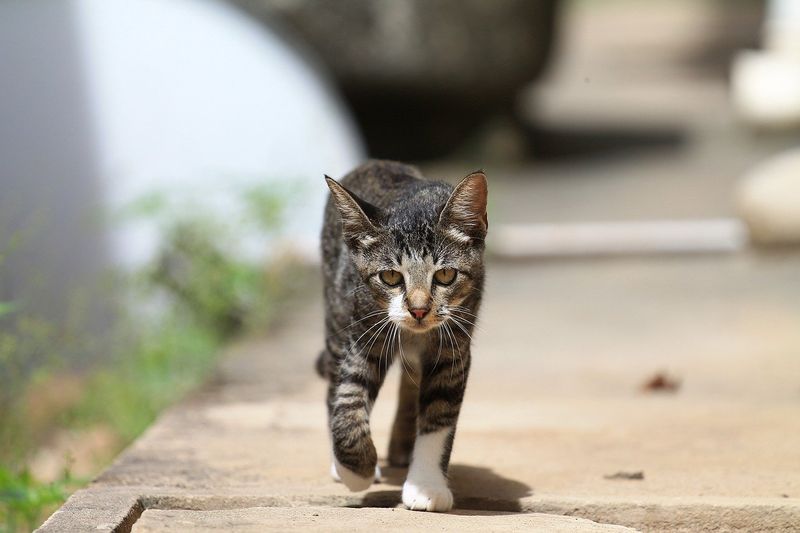
Few things feel more special than a cat who responds to their name. Unlike dogs, cats aren’t naturally inclined to come when called, making this behavior extra praiseworthy.
Start training with treats and gradually transition to verbal praise and petting. A responsive cat is safer in emergencies and creates a stronger bond between you. Celebrate even small progress toward this impressive skill!
3. Scratching Appropriate Surfaces
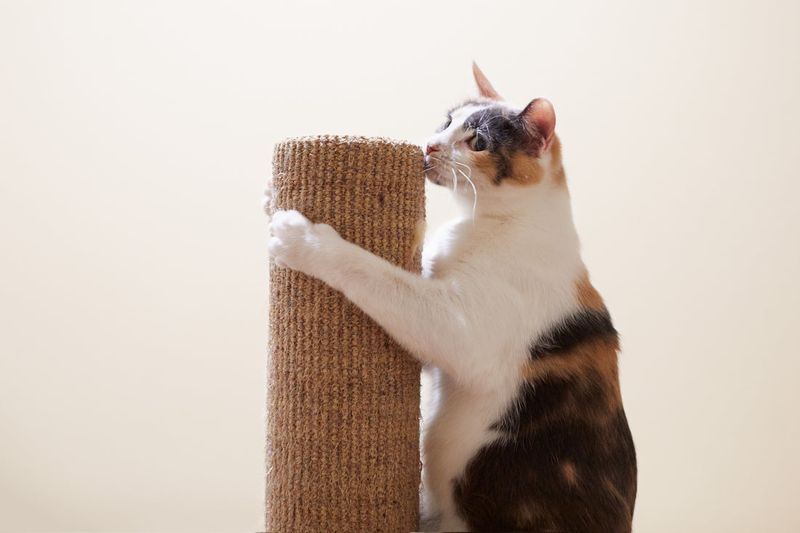
Redirected scratching saves your furniture and your sanity! When your cat uses their scratching post instead of your couch, immediately offer praise or a treat.
Scratching is natural and necessary for cats – it helps them stretch, mark territory, and maintain claw health. By rewarding post scratching, you’re acknowledging their instinctual need while protecting your belongings. Position posts near furniture they’ve targeted for best results.
4. Gentle Play Behaviors
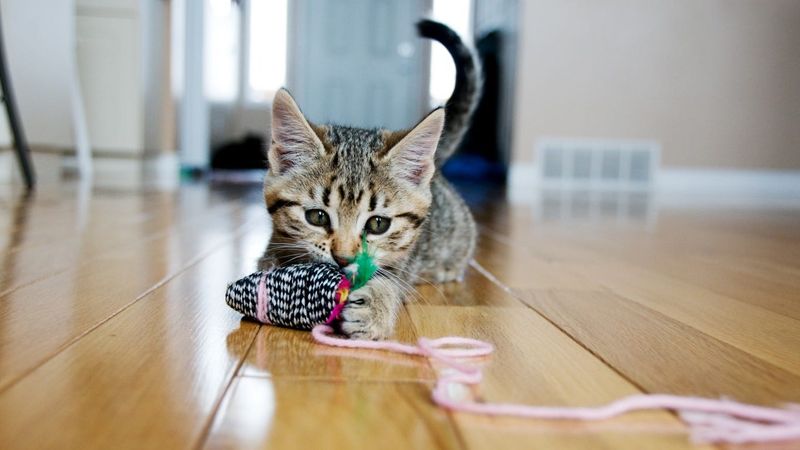
Playful cats who keep their claws and teeth in check deserve special recognition! Reward your kitty whenever they play without using painful bites or scratches.
Immediately stop play if they get too rough, resuming only when they’re gentle again. This teaches boundaries while maintaining the fun. Consistent reinforcement of gentle play creates a cat who understands how to interact appropriately with human skin.
5. Calm Behavior During Grooming
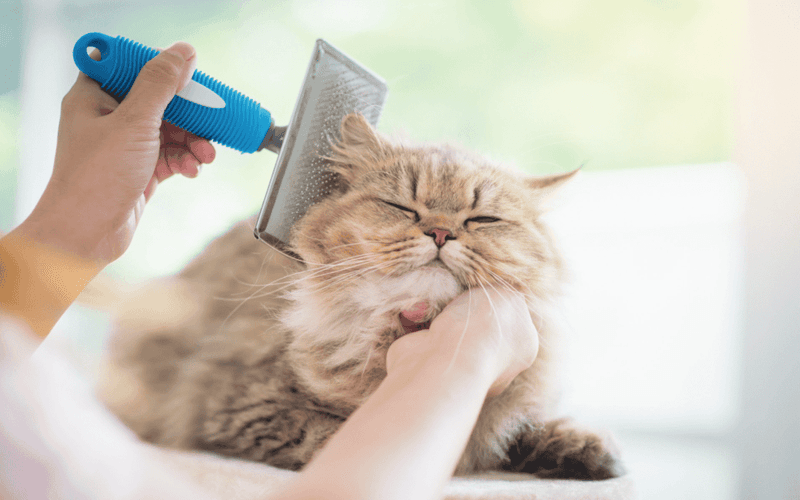
Patience during brushing or nail trims earns major rewards! Start with short grooming sessions, offering treats throughout to create positive associations.
Gradually increase duration as your cat becomes more comfortable. A cat who tolerates grooming is healthier and more comfortable, especially long-haired breeds who need regular brushing. This cooperative behavior makes necessary care much less stressful for everyone involved.
6. Socializing With Visitors
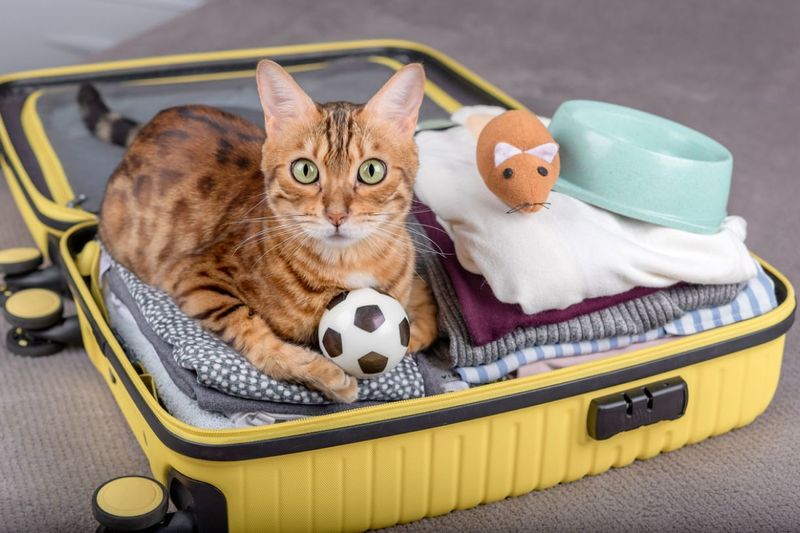
Friendly felines who greet guests instead of hiding deserve recognition! When your cat approaches visitors calmly, reward them with treats, praise, or gentle pets.
Never force interactions – let your cat set the pace. Social cats make entertaining companions and create welcoming homes. This behavior is especially impressive considering cats’ natural caution around strangers, making it worthy of consistent positive reinforcement.
7. Using Puzzle Toys
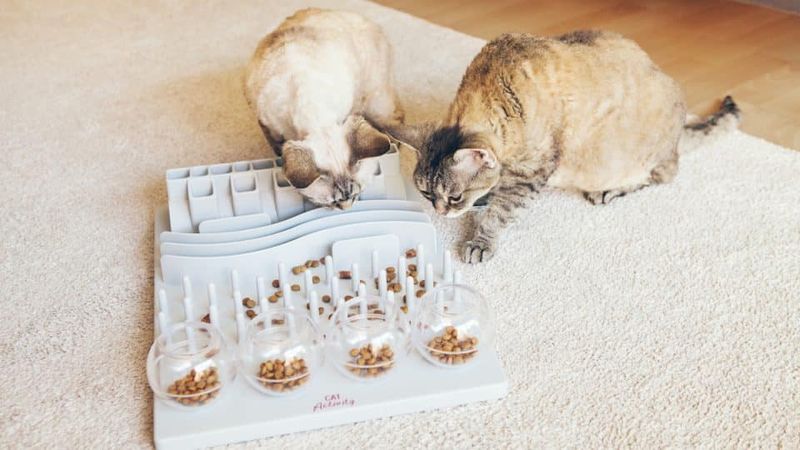
Mental stimulation prevents boredom and behavior problems! When your cat engages with puzzle feeders or interactive toys, reward their problem-solving with praise and excitement.
These toys satisfy hunting instincts while keeping minds sharp. Cats who enjoy puzzles are typically less destructive and more content overall. The mental workout helps prevent obesity by making them work for treats rather than just gobbling them down.
8. Settling Down Quietly

Peaceful relaxation deserves acknowledgment! When your cat chooses to nap quietly beside you rather than demanding attention, offer gentle praise or pets when they wake.
This reinforces independent contentment. Cats who learn to self-soothe are less likely to develop attention-seeking behaviors like excessive meowing or destructiveness. This calm behavior creates a more harmonious household, especially valuable in multi-pet homes.
9. Excessive Nighttime Activity

Those 3 AM zoomies? Completely ignore them! Cats are naturally crepuscular (most active at dawn and dusk), but responding to nighttime antics teaches them that disruption works.
Instead of reacting when they pounce on your feet or knock things over, stay still with eyes closed. Even negative attention rewards the behavior. Redirect energy with evening play sessions to tire them out before bedtime instead.
10. Attention-Seeking Meowing

Persistent yowling for attention should fall on deaf ears! Many cats learn that loud vocalizations make humans jump to attention – exactly what they want.
When your cat meows incessantly for no urgent reason, completely ignore them until they’re quiet, then reward the silence. This takes patience but works wonderfully. Remember to rule out medical issues first, as sudden excessive vocalization can indicate pain.
11. Counter Surfing

Kitchen countertop exploration gets zero reaction! Cats love heights and interesting smells, making counters irresistible. Rather than scolding (which can become a form of attention they crave), simply remove them without comment.
Make counters less appealing with double-sided tape or aluminum foil temporarily. Provide alternative high perches near kitchen areas to satisfy their climbing needs while keeping food preparation surfaces cat-free.
12. Pica (Eating Non-Food Items)
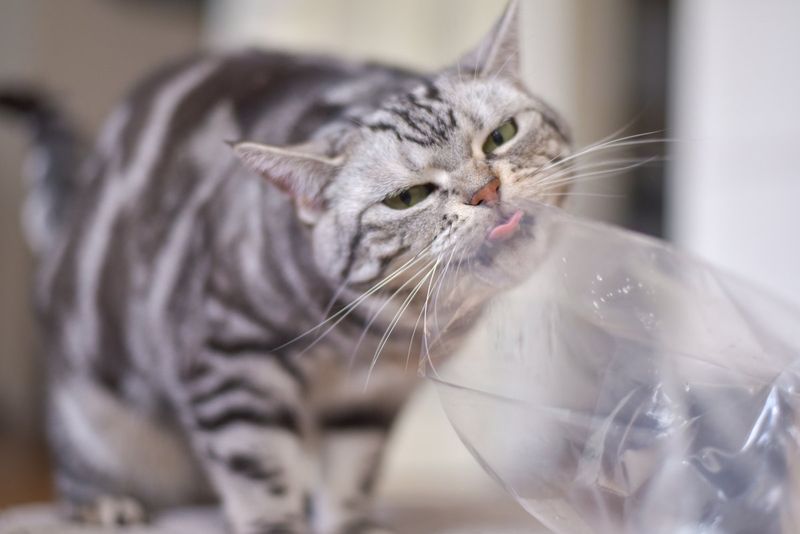
Chewing on plastic, fabric, or plants requires redirection, not reaction! This potentially dangerous behavior stems from boredom, nutritional deficiencies, or compulsive tendencies.
Remove access to tempting items without making a fuss. Provide appropriate alternatives like cat grass or dental chew toys. Consult your vet if this behavior persists, as some cases require medical intervention. Ignoring prevents turning it into an attention-getting game.


